Sales Leadership
The Reynolds and Reynolds Sales Leadership Institute
The Reynolds and Reynolds SALES LEADERSHIP INSTITUTE is a group of faculty, staff, and students dedicated to providing transformational education and experiences for Aggies (former, current, and future). We focus on self-awareness, effective communication, problem-solving, relationship building, and general business acumen as keys to success. We accomplish our educational mission by combining industry partnerships, cutting-edge academic research, and award-winning faculty.
Everything we do is built on the Aggie Core Values and a platform of service to four main groups: Students, Academia, Industry, and Community. As an Institute, we seek to serve all students at Texas A&M University who want to develop sales skills.

Sales Leadership Overview
The Reynolds and Reynolds Sales Leadership Institute partners with industry to take a leadership role in the development of ethical well-trained sales professionals, elevate the perception of sales as a career path, and address sales and marketing challenges with research and solutions.
Everything we do is built on the Aggie Core Values and a platform of service to four main groups: Students, Academia, Industry, and Community. As an Institute, we seek to serve all students at Texas A&M University who want to develop sales skills.
Meet Our Team
The Reynolds and Reynolds Sales Leadership Institute is dedicated to the success of our students and partners. To learn about the Institute, our research, our programs or become a corporate partner connect with our leaders, faculty and staff, by visiting our directory page. Our professors want to hear from you! Schedule a chat with them when you email them through the directory.
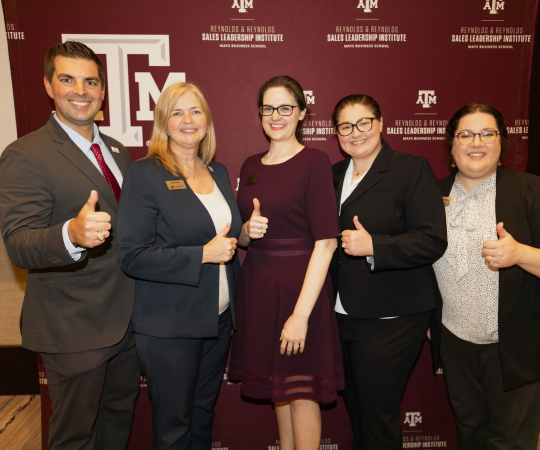
Explore Programs
Scholarships
Thanks to the generosity of our friends and sponsors, the Reynolds and Reynolds Sales Leadership Institute offers a number of scholarships for our students pursuing a sales track in the Department of Marketing.
Apply for scholarships through the Texas A&M University Scholarship Application.
Application | Deadline: February 1
Sewell Scholars Program and Additional Scholarships over $2000: Along with a monetary award, recipients commit to representing the sales program as host and ambassador for the duration of the award.
The Jackson Comer Scholarship is offered to a student from a college other than Mays Business School who is active in Sales Leadership Institute programs and events.
Application | Deadline: March 1
Applications are currently closed.
Events
The Institute hosts multiple events through out the year for students, partners and faculty. We host speed networking, a sales career fair, etiquette dinners, a sales competition, community outreach programs, and more. Click the link below to look at our upcoming events.
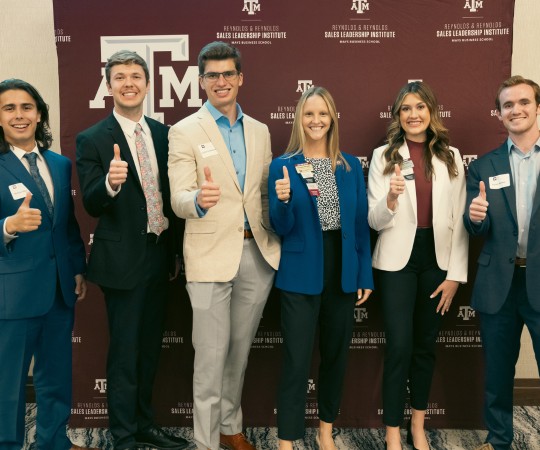
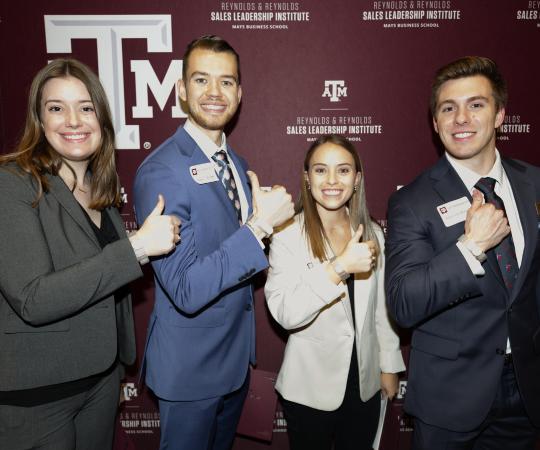
Give To Us
The Sales Leadership Institute is supported by corporate partners and philanthropic gifts that allow us to create programs for students who wish to learn skills related to professional selling. These skills include self-awareness, problem-solving, relationship building, effective communication, and general business acumen. We offer experiential education and networking opportunities for students campus-wide throughout the year. We believe that sales skills are skills for life, and we appreciate the support of our partners, sponsors, and donors.
Partner Companies
Founding Partner

Founding Partner










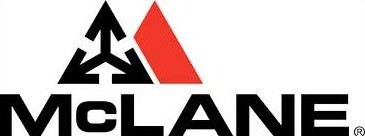
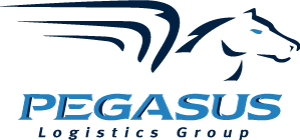


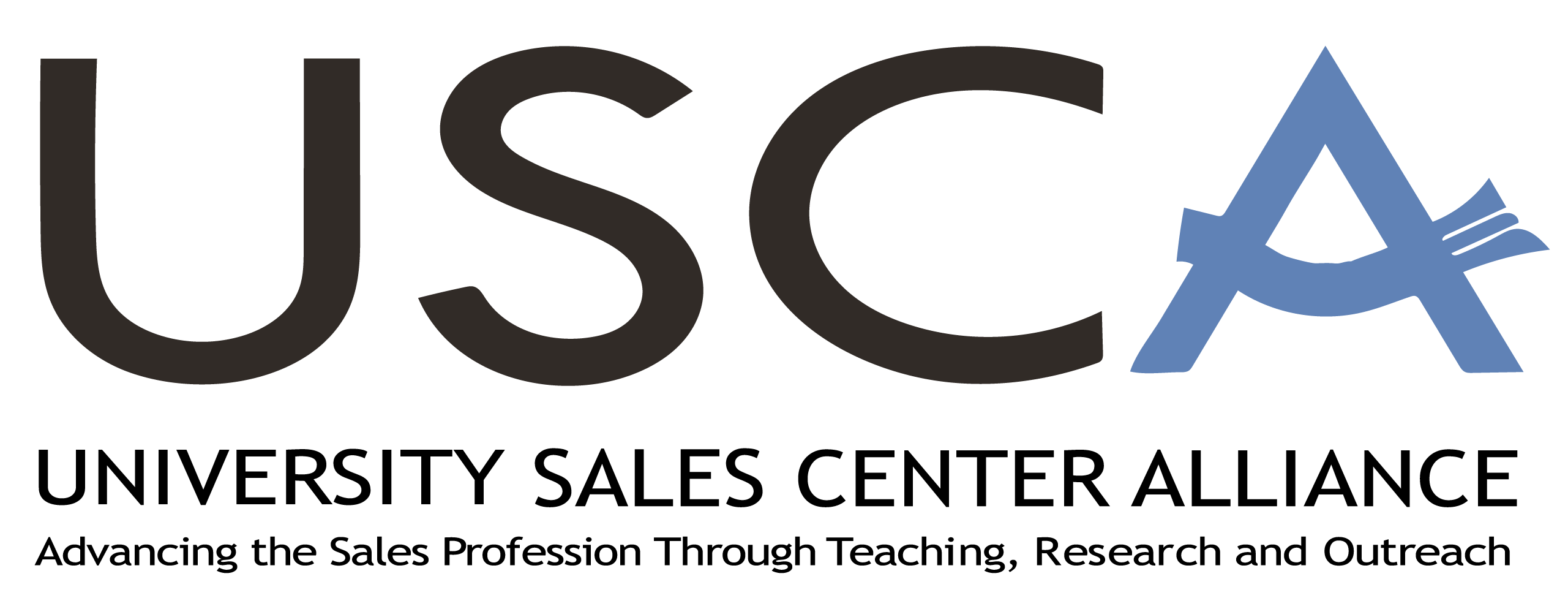
Member Since 2016
The Sales Leadership Experience
The Reynolds and Reynolds Sales Leadership Institute was built on a foundation of service. Serving students, industry, academia, and community.
Department
Department of Marketing
The Department of Marketing at Mays Business School is a distinguished leader in the field of marketing education and research. Our programs and curricula receive global recognition for their strength and continued contributions to the field of marketing. For more information visit the Department of Marketing website.
Marketing involves developing goods and services to satisfy customers’ needs and then making them available at the right places, at the right times and at competitive prices. Marketing also provides information to help customers decide whether specific goods and services will meet their needs.

Connect With Us
Social
Follow our social channels to stay in the loop.
Email Our Team
If you need to connect with our team, email us at sales@mays.tamu.edu
Newsletter
Read our newsletter and learn more about what is happening at the Reynolds and Reynolds Sales Leadership Institute.








